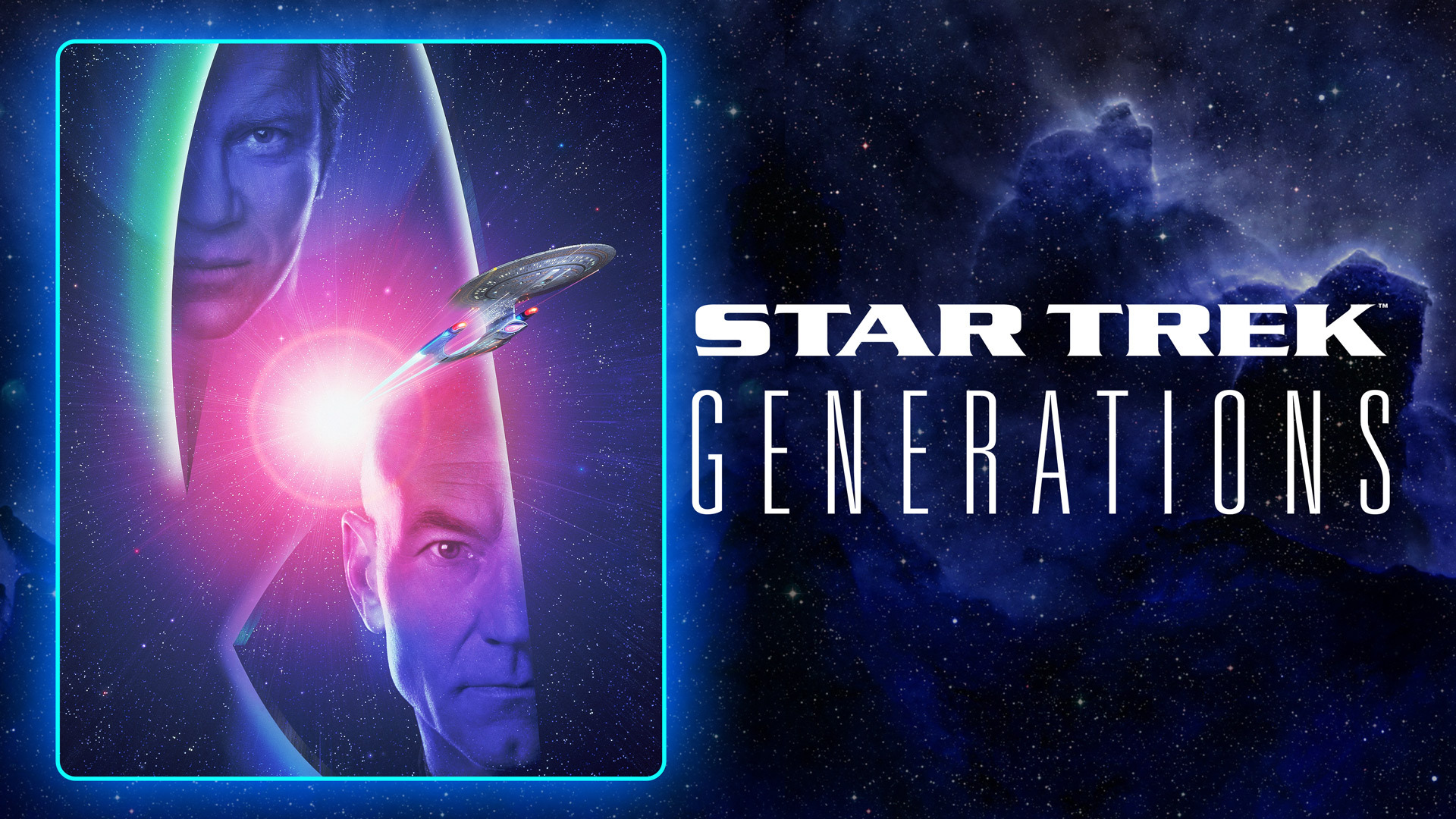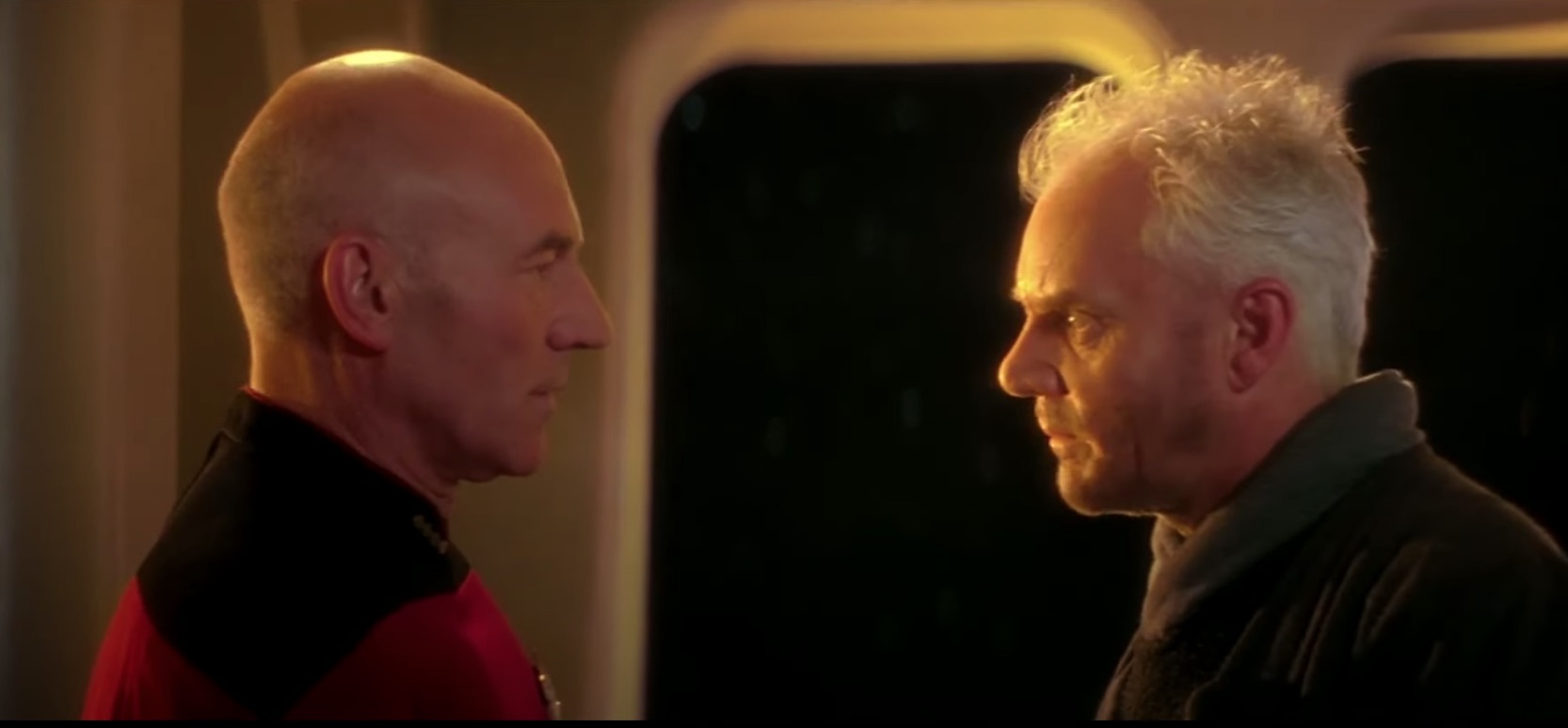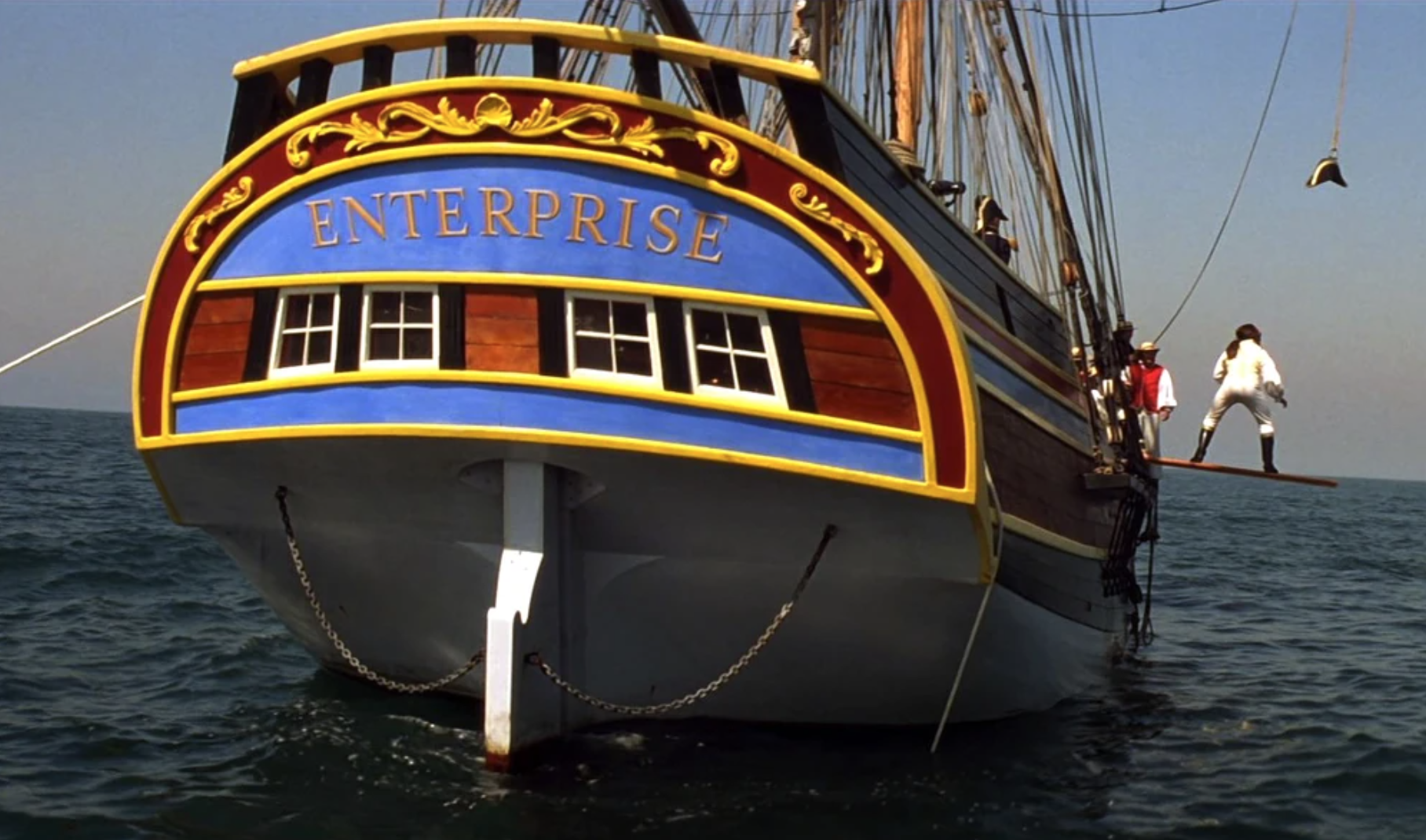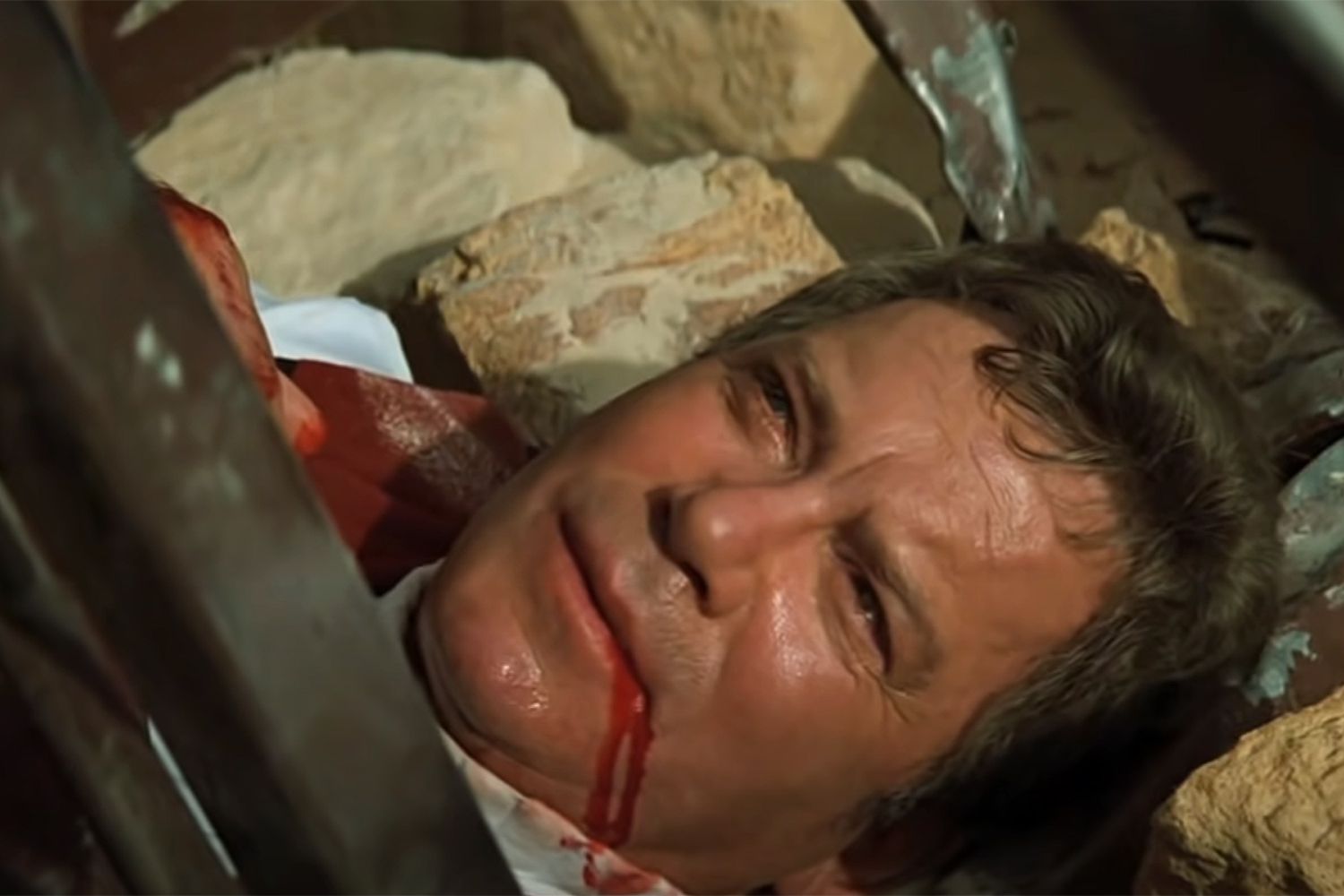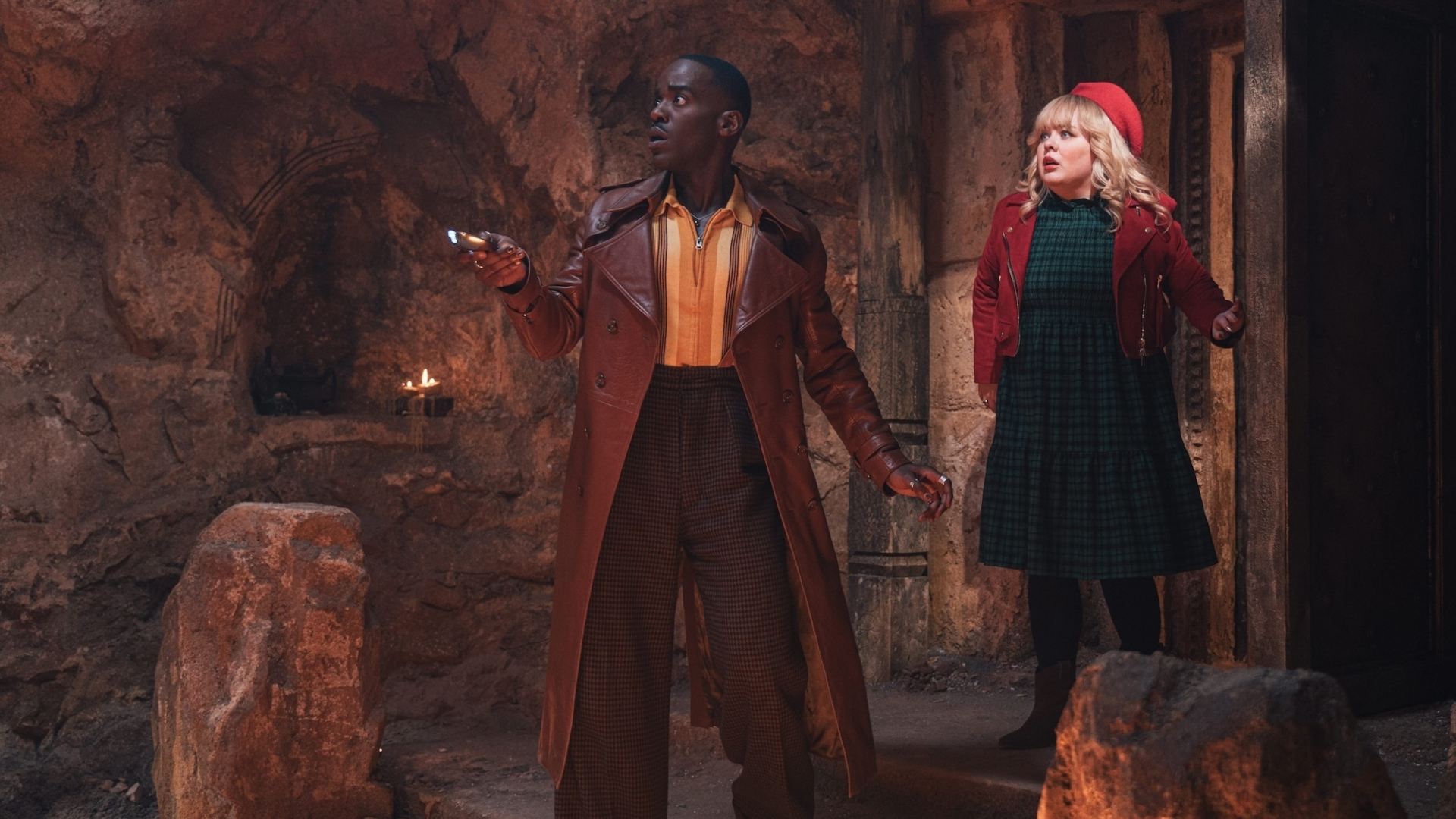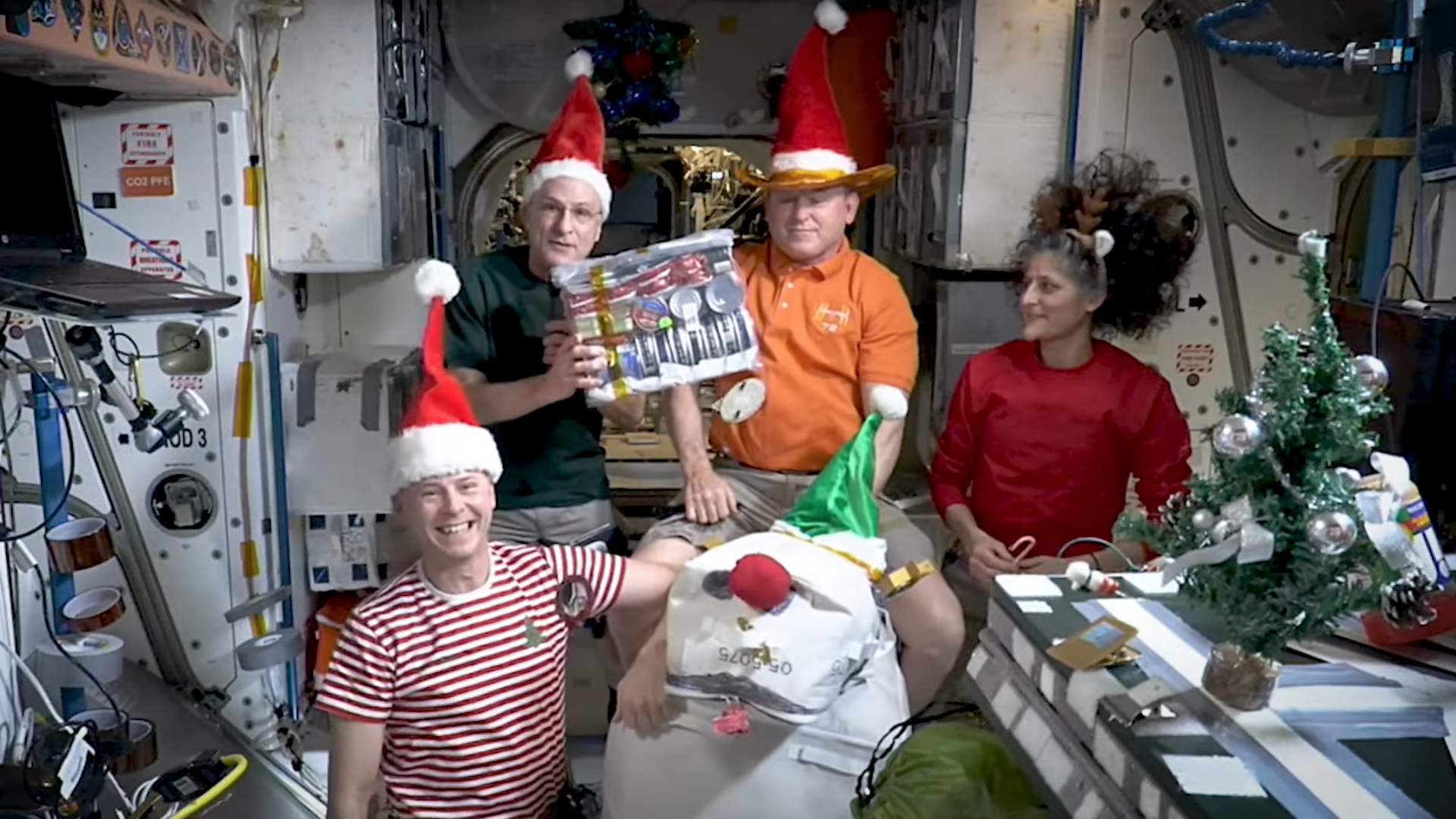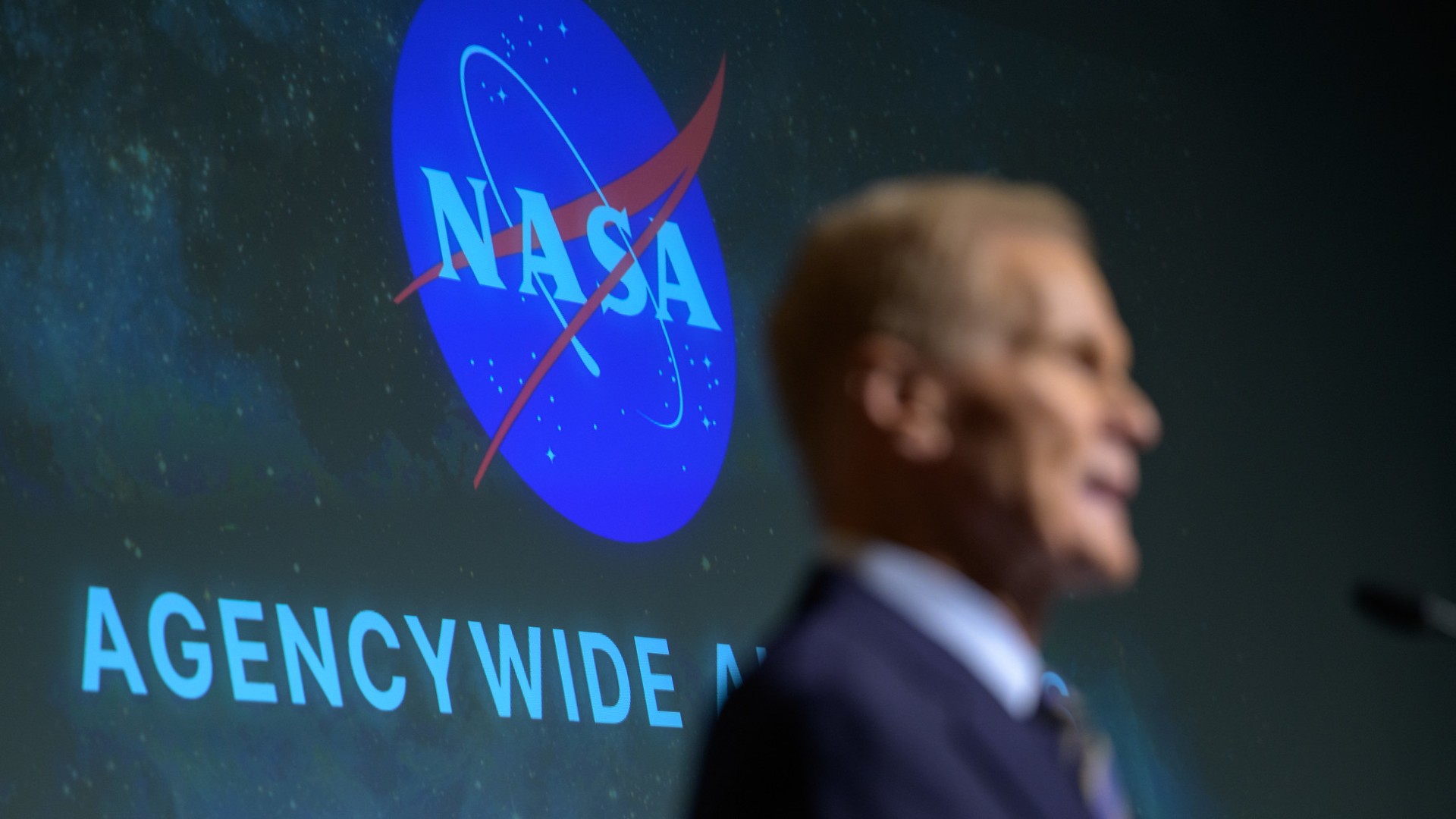“They say time is the fire in which we burn”
Today marks the 30th anniversary of Paramount Pictures’ “Star Trek Generations,” an extremely important and entertaining 7th entry in the Star Trek movie franchise that acted as a bridge between “The Original Series‘” Enterprise crew led by James T. Kirk and “The Next Generation’s” gang under the command of Jean-Luc Picard. And yes, it’s the movie that killed off William Shatner’s starship captain!
Upon a recent rewatch, “Generations” holds up remarkably well with its polished visual effects by Industrial Light & Magic, stellar main cast, and reflective screenplay from Ronald D. Moore and Brannon Braga dealing with meditations on life, death, mortality, and regret. Plus, let’s not forget that incredible sequence where the Enterprise-D’s saucer unit detaches and crash lands on the planet Veridian III.
Star Trek: Generations (1994) Trailer #1 | Movieclips Classic Trailers – YouTube 
Starring William Shatner, Patrick Stewart, and Malcolm McDowell, “Generations” arrived in theaters on Nov. 18, 1994 with great fanfare. It was released just three years after “Star Trek VI: The Undiscovered Country” and only six months after “The Next Generation’s” TV series concluded earlier that year.
Directorial duties for the $38 million project fell upon the talented British filmmaker David Carson (“From Earth To The Moon”), who had already served time in Gene Roddenberry’s final frontier by helming multiple episodes of “Star Trek: The Next Generation” and “Star Trek: Deep Space Nine” over the past decade.
“Star Trek Generations” packed a satisfying emotional punch on multiple levels, especially considering Shatner’s outstanding nuanced performance as the deceased legend trapped in a conflux of temporal energy streaking through the cosmos, complete with his own cherished Saddlebred mare and a phantom Great Dane named Butler.
This timeless paradoxical ribbon becomes an obsession for mad scientist Dr. Tolian Soran (McDowell) who plans to obliterate a star system simply to reenter The Nexus, requiring Picard to locate and team up with Kirk to save the day.
“The first thing I think about is John Alonzo, the cinematographer,” Carson recalls when reflecting back on the making of “Generations.” “He was a fantastic cinematographer and won the prize for ‘Chinatown’ and was incredibly experienced. We worked together extremely well. Everybody loved him and the work he did was absolutely stunning. Every scene had to have meaning and he lit for the meaning of it and then we shot it for that meaning. It was a terrific creative partnership.”
Pre-production discussions involving Paramount Studios, executive producers, and screenwriters centered around finding a natural balance between “Star Trek” eras.
“It was understood that what we wanted to do was make a transition between the TV show and into the first movie,” Carson explains. “But it was important that all of the strengths of ‘Star Trek,’ from the past to the present, be integrated into this film. It had a tremendous romantic script by Ron Moore and Brannon Braga which I thought was really well done. And that’s one of the trademarks of all the work I’ve done on ‘Star Trek.’ The writers excel themselves with really great, thoughtful writing.
“In ‘Generations’ it was an extraordinary opportunity because of the way it dealt with mortality and death and what happens after it. And what would you do if you want to go back and try and find people you lost suddenly out of the blue? You’re standing on the edge of that precipice. And along comes a crazy person in Malcolm McDowell that’s found a way to jump over death into an ideal situation that might be better than the one you’ve lived in before. This is really interesting from the point of view of presenting that for an audience through the framework of ‘Star Trek.’ And to deal with the actors’ ideas about mortality and how that actually works. What was this mystery they were looking at? To walk through the curtain between life and death.”
Star Trek: Generations (4/8) Movie CLIP – The Enterprise Crashes (1994) HD – YouTube 
The opening sequence aboard the holodeck sailing ship version of the Enterprise was a refreshing voyage that opens up the narrative and reflects the film’s temporal themes.
“The actual boat was called the Lady Washington and the scene had a lot of financial and technical discussions about the length of the shoot and all those kinds of things,” Carson adds. “In the beginning, us wanting a budget between $50-55 million was constantly clobbered on the head until we were able to come up with a figure that the studio liked. Eventually, it settled at about $32 million but every part of that was under incredible financial pressure from the studio. That probably had to do with the fact that I was a TV director. I hadn’t done a studio movie before.
“Bernie Williams was my line producer, who actually worked with Kubrick in the early days. He basically said if we cut the boat scene we’d get to the budget figure we wanted. But I wasn’t going to cut the boat scene. It was incredibly important because the imagery takes us back into the past and forward into the future, and it’s what the movie is all about. That’s where the mortality theme really starts to take off. It was going to take about two weeks to film, so I cut two weeks out of the schedule and they gave me boat scene. That’s how it stayed in the movie.”
Having the luxury of Shatner, Stewart, McDowell and the rest of the brilliant cast all in one “Star Trek” movie was a momentous experience for the British director.
“They’re wonderful actors, so you had to have actors in the movie that embraced the theme. Just as you would if you were doing ‘Hamlet.’ They had to be on the same wavelength. To have them there was absolutely fantastic. And to have Soran and Picard coming face-to-face with time, about time, and the depth of feeling Malcolm put into that line about time, which made poor Picard shake with anxiety and worry, was very powerful. They all came up to this fantastic level. Brent Spiner particularly. To find a way to make a robot laugh like a human and for him to have the guts to develop that extraordinary performance was wonderful to work with.”
Much has been discussed about Kirk’s death in “Star Trek Generations” and upon a fresh viewing, the moment comes across as profoundly moving and resonant.
“Shatner is just amazing,” Carson admits. “We had to come back much later to shoot that thing two weeks after the main shoot because the studio didn’t like the film ending with Shatner being shot in the back by Malcolm. Captain Kirk is not just another soap opera figure. Shatner is an icon for people to follow. And if you’re eventually going to kill him after all this time, you can’t shoot him in the back. So we reshot it and the writers came up with his last lines, but the ‘Oh, my!’ was his idea.
“It’s so gently said, but it has a very personal feeling of what’s about to happen. It’s nothing like what we’ve just been seeing. It’s superb acting because it’s the thought from the feeling he has that he puts into this almost a last breath. We had several takes that he wanted to do. It’s stunning.”
As far as any props or costumes or mementos kept from his time making “Star Trek Generations,” Carson did manage to obtain one tiny remembrance.
“Yes, there’s one thing in particular,” he notes. “It’s a little beaten-up Teddy bear. In the exit from the crashed ship, a little girl drops her bear and it gets trampled while everyone is trying to get out. She looks for it, but I have that bear. And my daughter, who was then very young, had the bear and took it to bed every night. It certainly got manhandled by the children in my house.”
“Star Trek Generations” is currently streaming on Paramount+.

